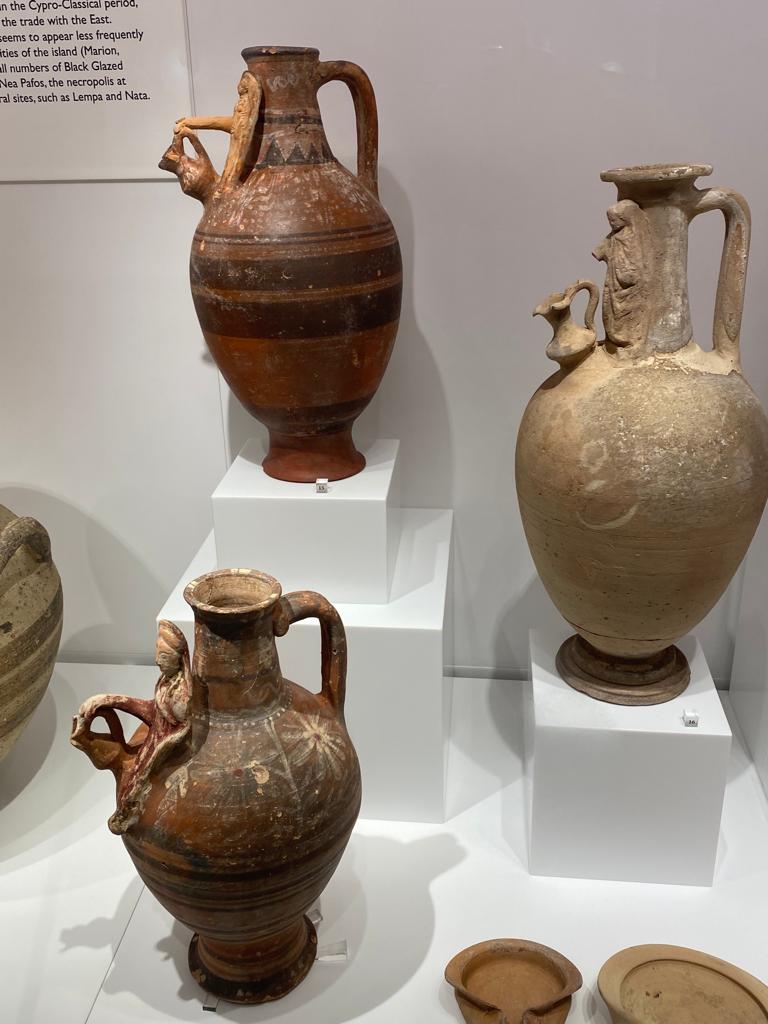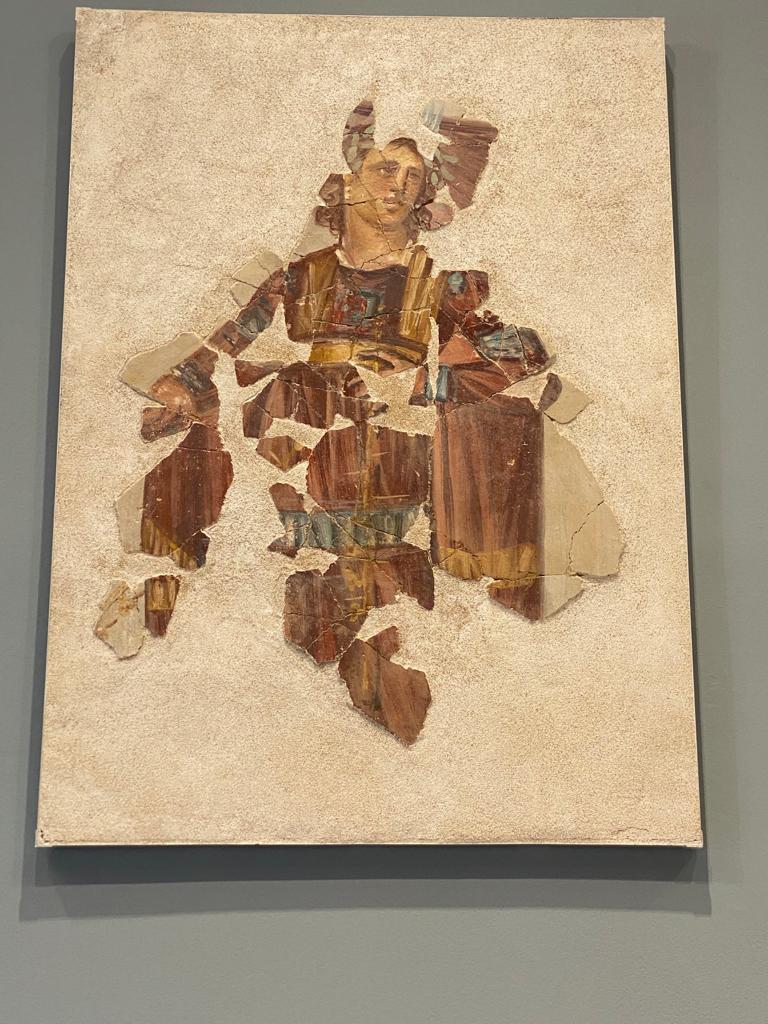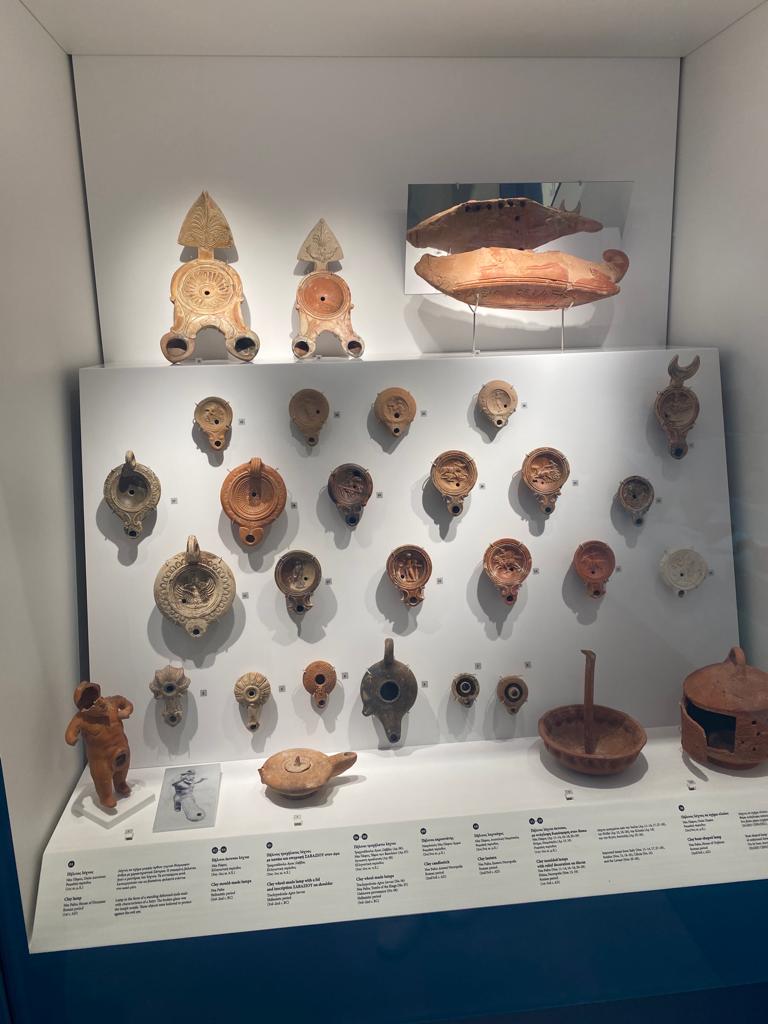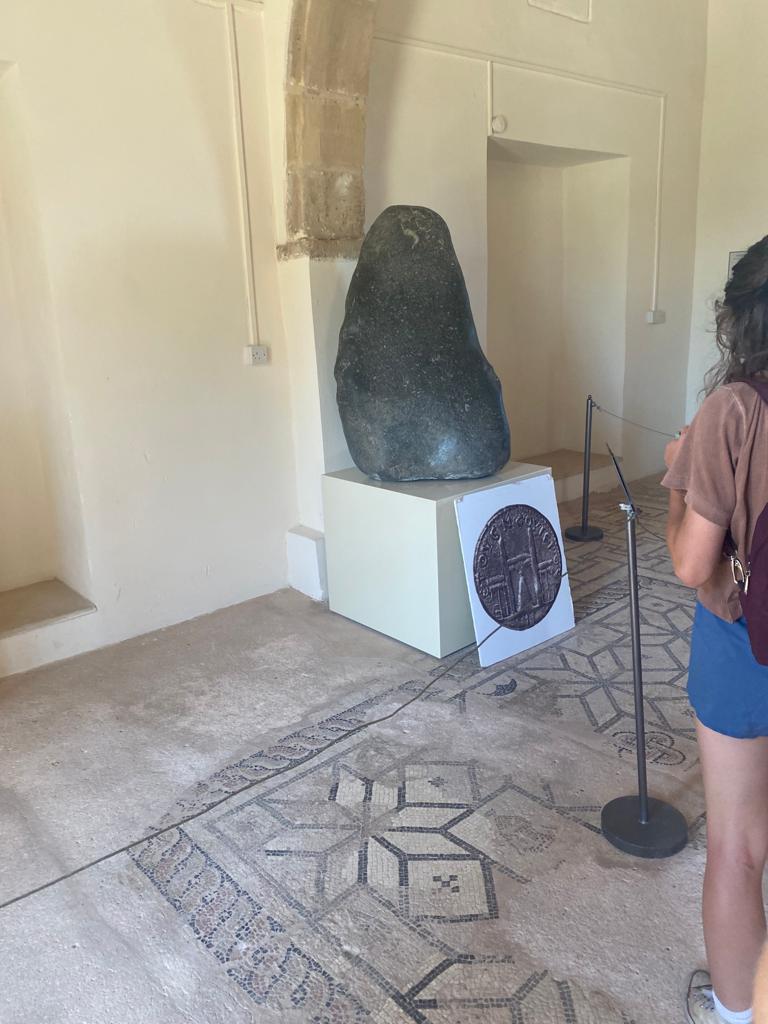(Guest post by Asta Rossi)
The museum promises education, excitement, and relief from the baking sun. Once we enter, we are transported into Cypriot antiquity with all of its wares, oddities, and artifacts.
The first museum we visited was the Larnaca Archaeological Museum. New to the island and the excavation processes, I was certainly overwhelmed by the number of artifacts surrounding me with helpful captions and signs to read more into. From small stone tools and pieces of jewelry to large ceramics and sarcophagi, this museum provided an important stepping stone in learning about Cypriot material culture, which put our excavation work into necessary context. I found the small figurines on pottery along with other unique Cypriot styles delightfully whimsical and special. However, my mini-mission throughout all the museum visits was to locate the lamps. I find them particularly interesting because of the central and intimate space they occupy in a home or a building, and seeing the burn marks on them adds another layer of reality, prompting me to imagine how they were used and handled in antiquity. I am also fond of their fun shapes and sizes.
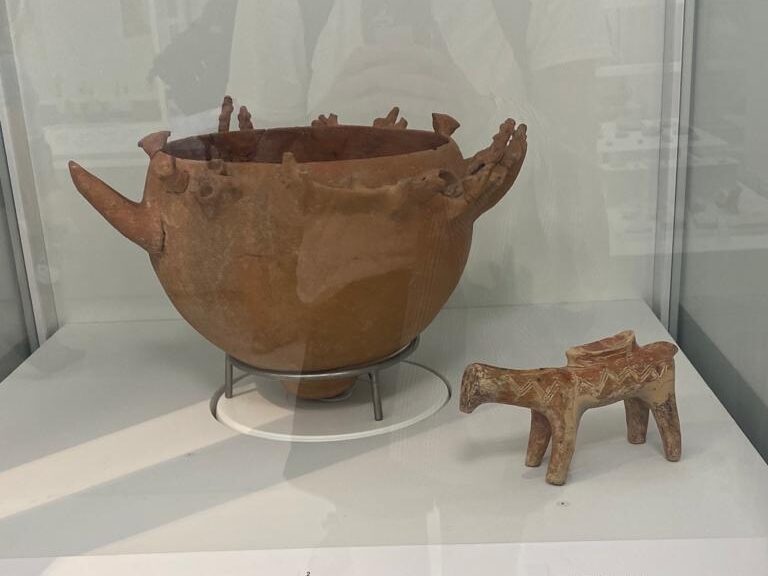
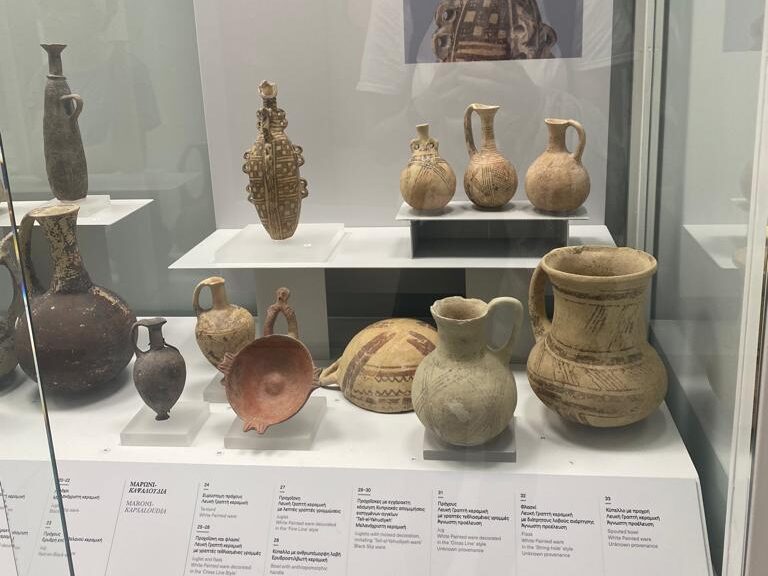
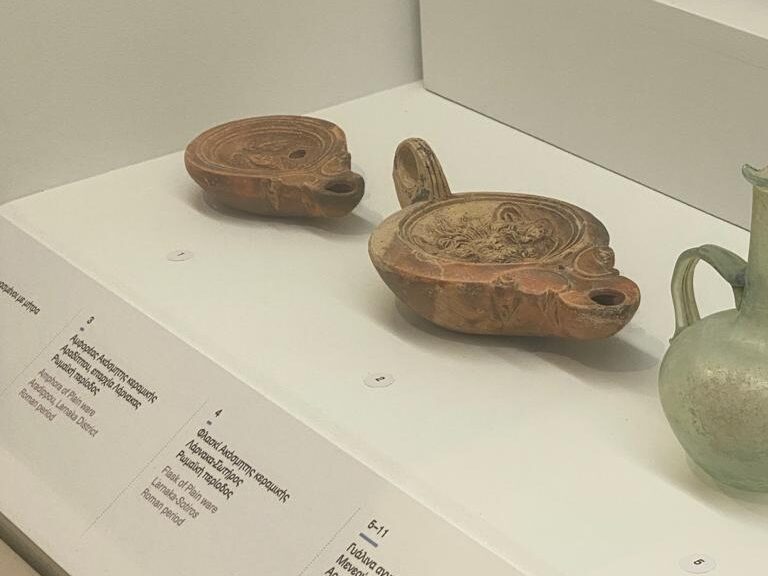
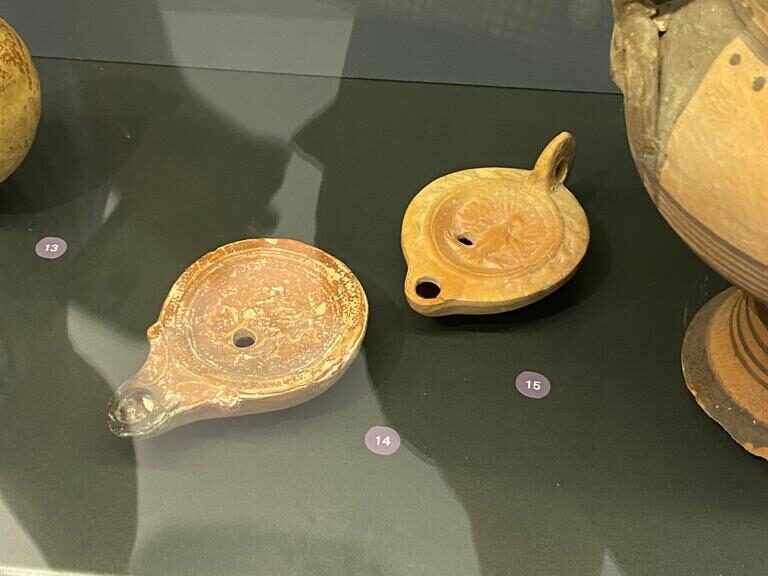
On our first excursion out of Larnaca, we visited the Cyprus Museum in Nicosia. Not only was there a great selection of lamps on display, but there were also spectacular pieces of furniture from a tomb and a larger sampling of Cypriot style pottery. The museum’s presentation of tombs and burials was effective, and I particularly liked the tomb recreations that were excavated. I could see what objects buried with an individual, how they were placed, and the size of the deposit and burial itself. I also had a bit of fun using some of the Ancient Greek from my classes to read some of the stelae (or, at the very least, recognize the words). Overall, I enjoyed connecting what we were digging up on site with the larger context of the time period. I saw pottery similar to what we had been finding in the trenches alongside related materials and adjacent styles.
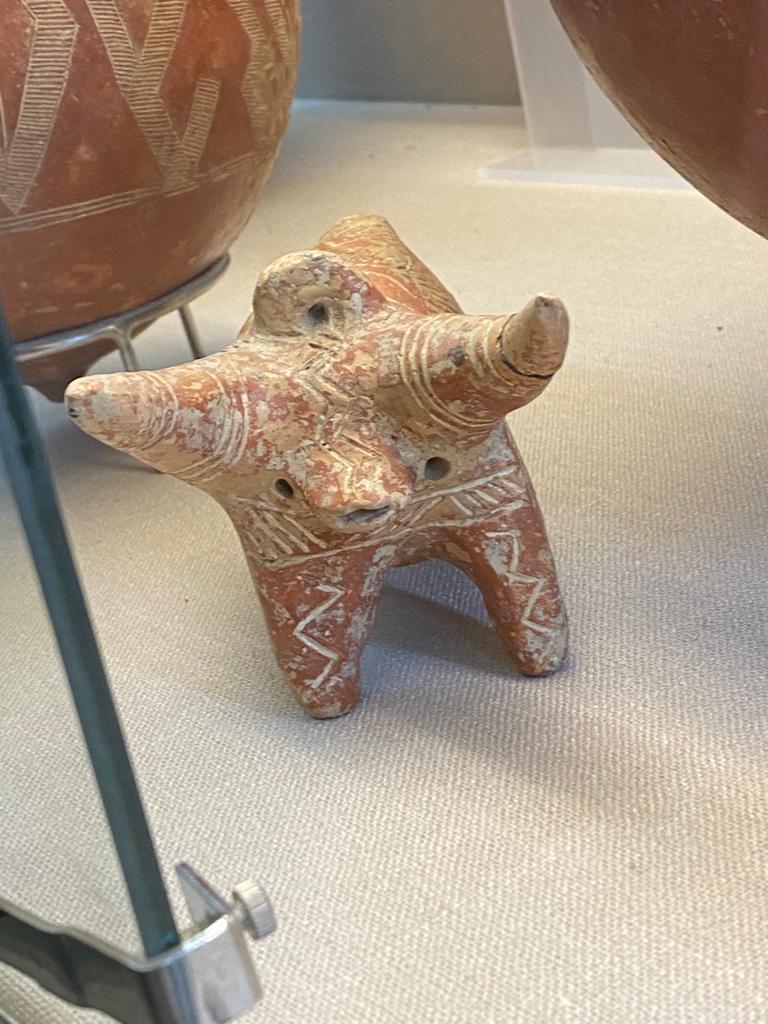
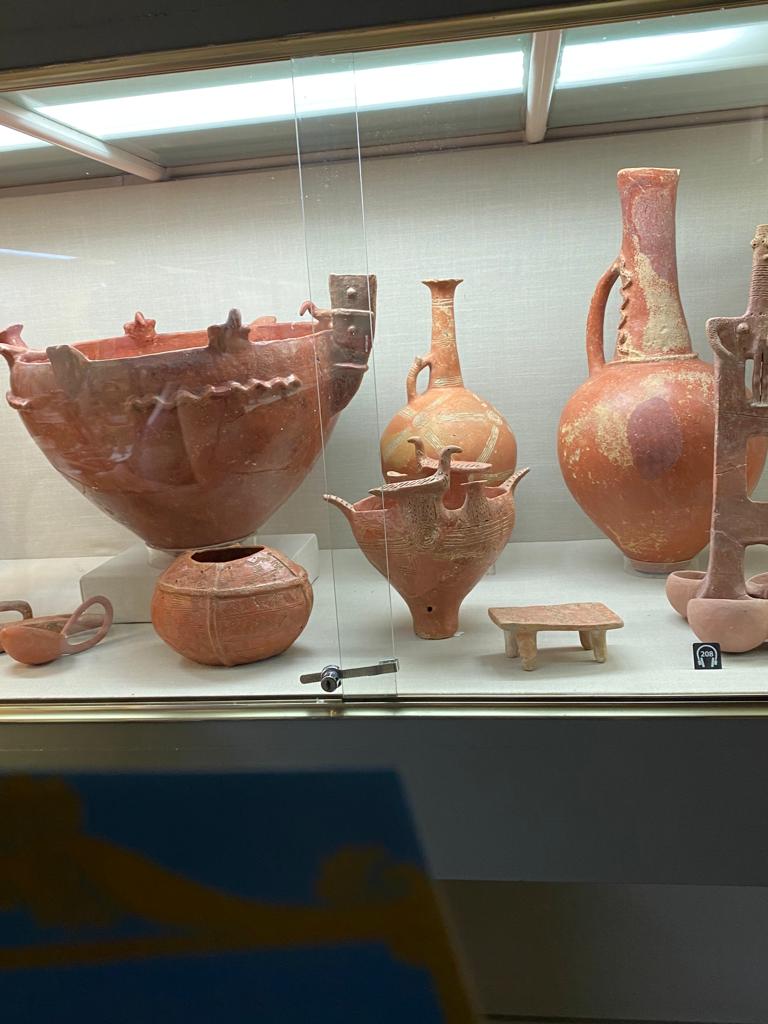
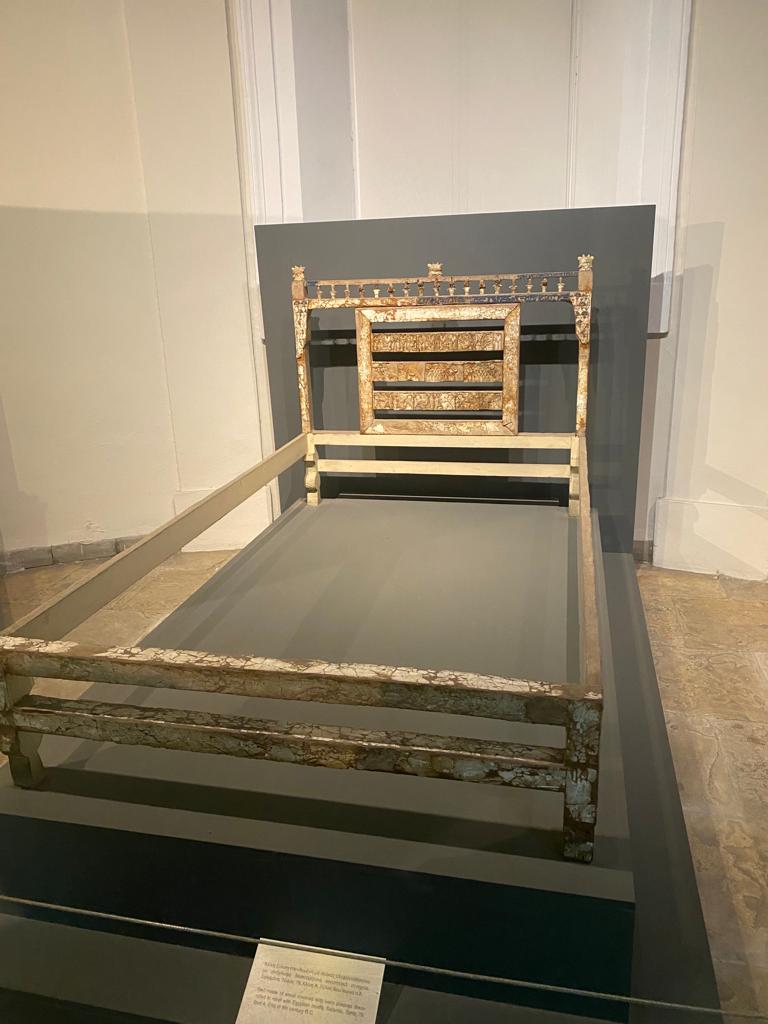
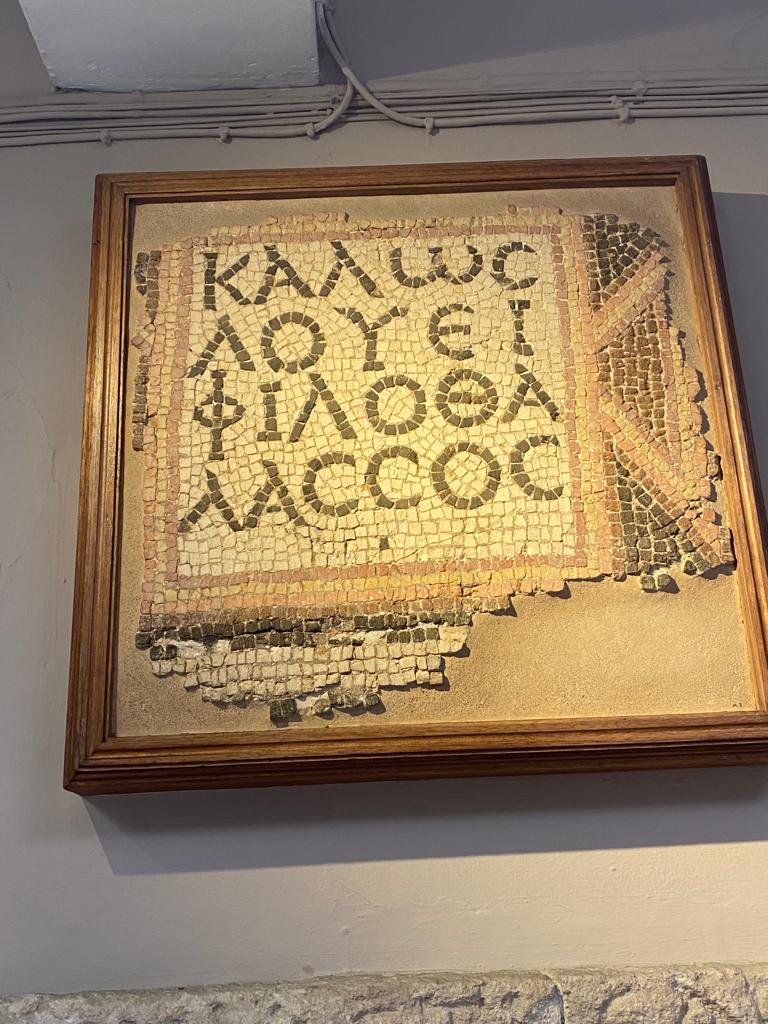
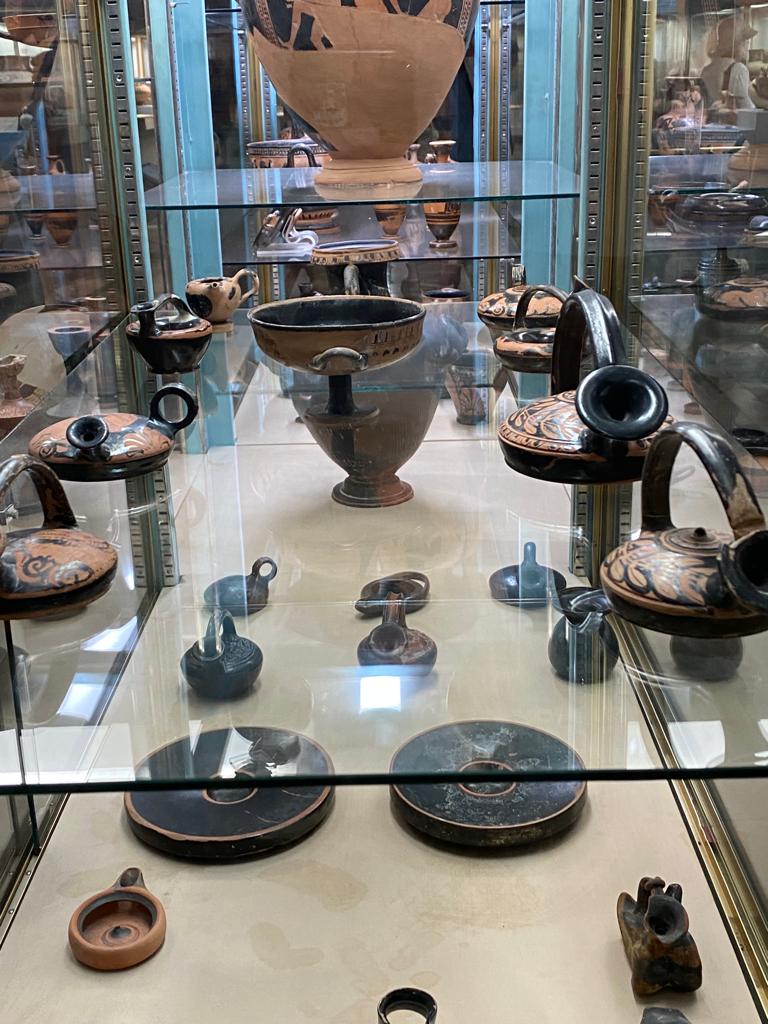
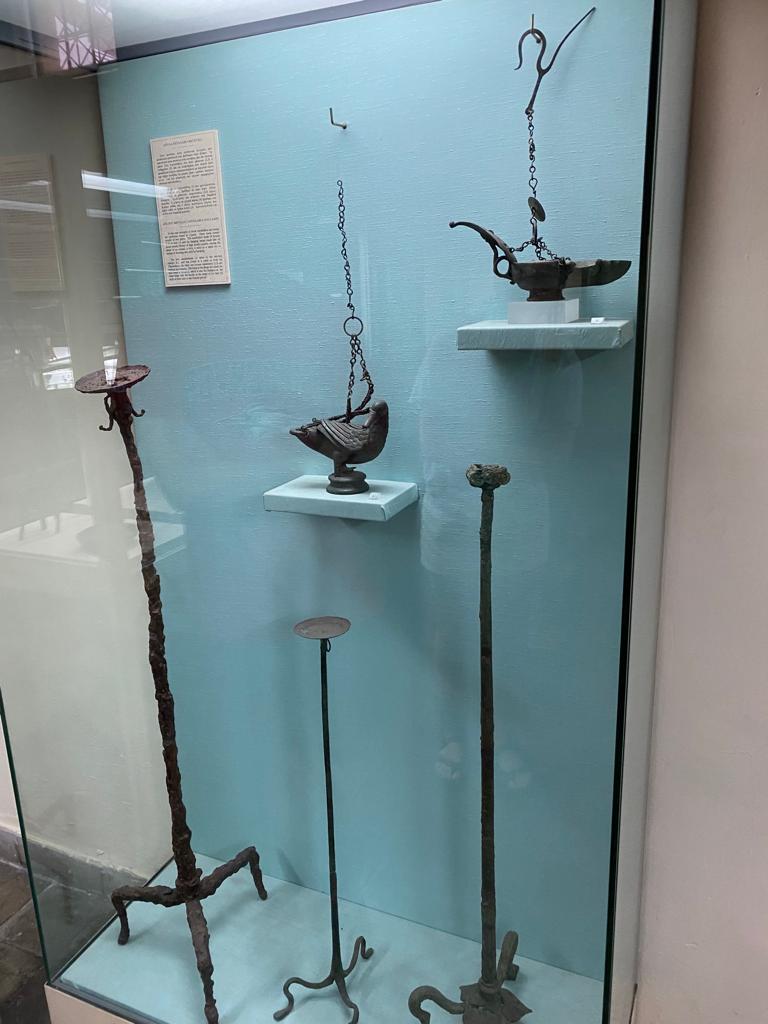
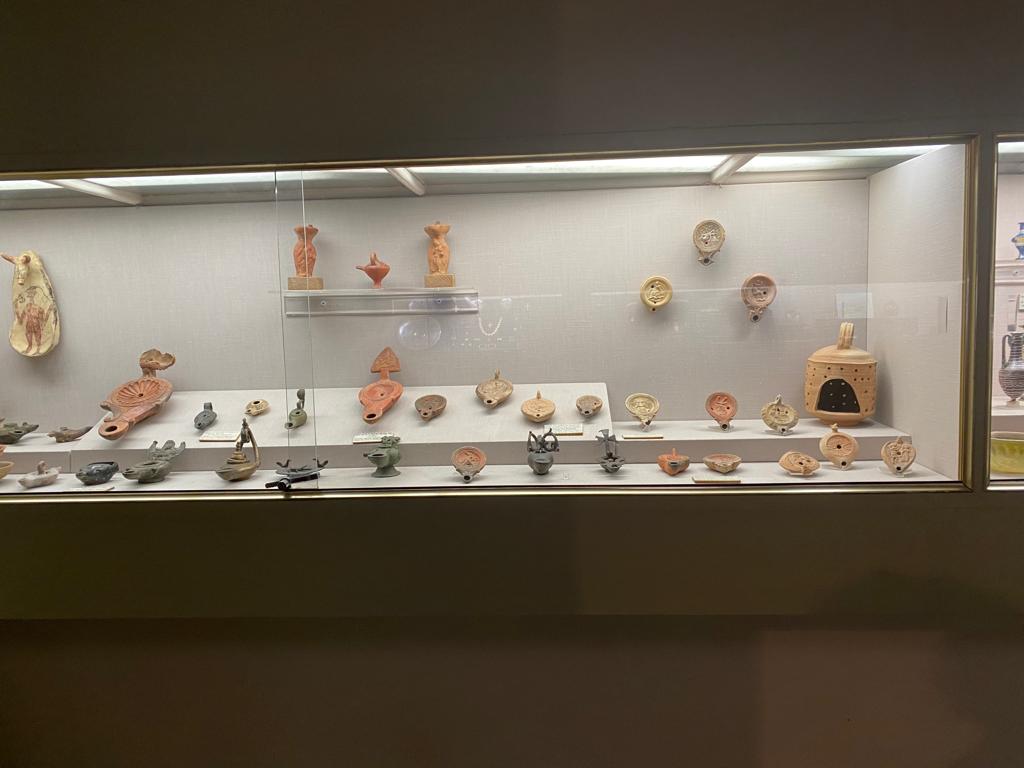
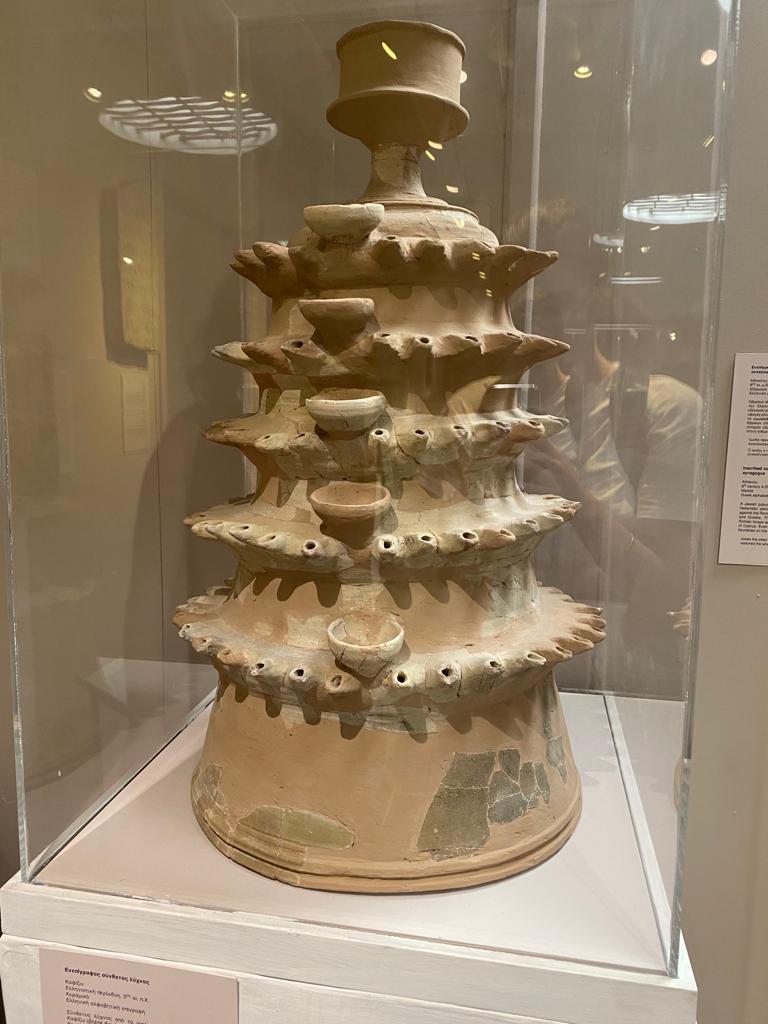
We visited the final two museums during the afternoon in Paphos. After a morning in the blistering sun, entering the Archaeological Museum of the Paphos felt blissful. We saw similar objects as the other two museums: small humanoid figures and eccentric pottery figures. It is satisfying to begin to recognize patterns and learn the chronology of style. I appreciate the timelines on display that explain the broader style and timescale because sometimes I get caught fixating on smaller objects, and it is difficult to comprehend the bigger picture with so much presented material. Some highlights from this museum were cylinder seals, bathtubs, miniature animal sculptures, more lamps, coins, and paintings. The preservation of the paintings is remarkable, and their rarity points to the fact that little survives from antiquity. How much of what we conceive of the ancient world aligns with reality?
The final museum at the Palaepaphos housed the representation of Aphrodite. Everyone stood around to get a view and take their pictures of the large black basalt rock. This representation presents a different iteration of the goddess than the one we are most familiar with. What did Aphrodite represent to these Cypriots who worshipped her? How did she evolve into the goddess of love and beauty that we know today?
